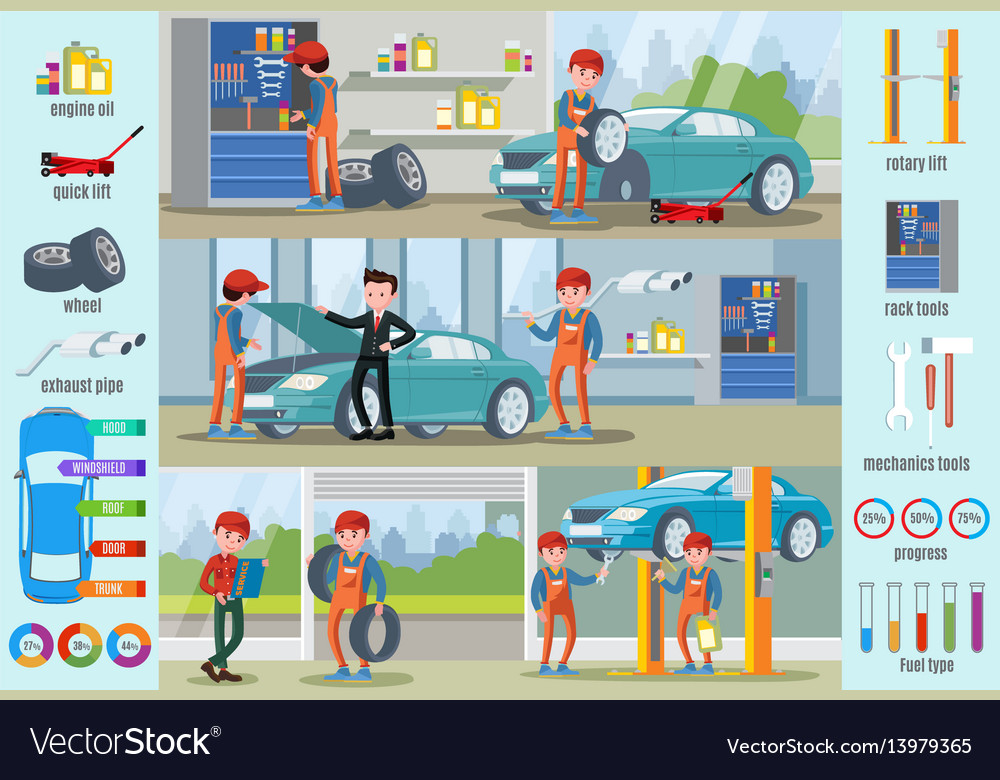Recognizing Your Car'S Warning Lighting: What Do They Truly Mean?
Recognizing Your Car'S Warning Lighting: What Do They Truly Mean?
Blog Article
Content Written By-Higgins Corbett
When you lag the wheel, those glowing warning lights on your control panel can be a bit puzzling. Do you know what they're attempting to inform you about your automobile's wellness? Comprehending the relevance of these lights is vital for your safety and security and the longevity of your car. So, the following time one of those lights turns up, wouldn't you wish to understand its message properly and take the necessary actions to resolve it?
Common Caution Lights and Interpretations
Determine typical caution lights in your automobile and comprehend their significances to ensure safe driving.
The most regular caution lights consist of the check engine light, which signifies concerns with the engine or emissions system. If this light begins, it's essential to have your car examined promptly.
The oil stress advising light suggests low oil stress, requiring immediate focus to stop engine damages.
A blinking battery light might recommend a damaged billing system, possibly leaving you stranded if not resolved.
The tire stress monitoring system (TPMS) light signals you to reduced tire pressure, affecting car security and fuel efficiency. Disregarding this might cause dangerous driving problems.
The ABS light suggests a problem with the anti-lock braking system, compromising your capability to stop swiftly in emergency situations.
Finally, the coolant temperature level alerting light warns of engine overheating, which can cause severe damages if not fixed quickly.
Recognizing these typical caution lights will assist you address concerns without delay and keep risk-free driving conditions.
Value of Prompt Attention
Comprehending the usual caution lights in your car is just the first step; the value of promptly resolving these cautions can't be stressed sufficient to ensure your security when traveling.
When a warning light brightens on your dashboard, it's your cars and truck's means of connecting a potential issue that needs attention. Overlooking these cautions can result in extra severe problems in the future, jeopardizing your safety and security and possibly costing you much more in repairs.
Prompt interest to alerting lights can prevent breakdowns and mishaps. For example, a blinking check engine light might suggest a misfire that, if left unattended, can create damage to the catalytic converter. Resolving this without delay can save you from an expensive fixing.
Likewise, a brake system cautioning light might signify reduced brake liquid or used brake pads, crucial parts for your safety and security when driving.
Do It Yourself Troubleshooting Tips
If you see a warning light on your control panel, there are a few DIY fixing tips you can try prior to seeking specialist help.
https://brake-repair62839.dm-blog.com/31303905/unsure-concerning-selecting-an-automobile-service-center-explore-specialist-guidance-on-exactly-how-to-recognize-trustworthy-choices-in-your-area-that-will-relieve-your-issues is to consult your cars and truck's manual to comprehend what the details warning light suggests. Sometimes the concern can be as easy as a loosened gas cap activating the check engine light. Tightening up the gas cap may solve the trouble.
One more common concern is a low battery, which can cause various warning lights. Checking informative post for deterioration and ensuring they're safe and secure may repair the issue.
If a caution light continues, you can attempt resetting it by detaching the auto's battery for a couple of mins and then reconnecting it. Additionally, checking your automobile's liquid levels, such as oil, coolant, and brake liquid, can help troubleshoot warning lights connected to these systems.
Final thought
Finally, understanding your automobile's warning lights is necessary for maintaining your lorry running smoothly and safely. By immediately resolving these informs and knowing what they mean, you can avoid costly fixings and possible failures.
Remember to consult your auto's guidebook for particular information on each alerting light and act appropriately to make sure a trouble-free driving experience.
Remain notified, remain safe when traveling!
